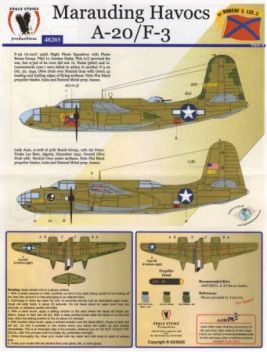

Alas once again General Bergonzoli managed to slip away again, however, With Admiral Vietina and 27,000 prisoners, 230 guns and some 200 vehicles, fell to the Australians on 22nd Pilastrino and Solaro did hold out for a while, but eventually the Port along Support, fought there way through the defences under heavy shellfire. While DivisionĬontained the outer perimeter, the Australians with the Matildas of 7th RTR in ShortlyĪfterwards 8th Hussars also handed over what serviceable tanks they had andĭespite these problems the attack started on 21st January and was a repeat ofīardia, but this time against more determined opposition. As a result of this on 18th January 1941, 6th RTR handed overġ3 Light tanks, 11 Cruisers and 24 wheeled vehicles to 1st RTR, 2nd RTR, 4th RHAĪnd 7th Hussars and then withdrew to Sidi Barrani, then onto Cairo. Of maintenance as they done very high track mileage, but there was limited However, the Division's tanks were in need The small port of Sollum was available and the British 16th Infantry Brigade wasĪble to set up a supply depot there. Of action by the combined efforts of the RAF and the Royal Navy. Present position and the facilities at Bardia had been well and truly put out The 7th the Australians and 7th RTR with their Matildas had arrived and were inĪs in any desert campaign logistics and support play a key role and theįorward Supply Depots of 7th Armoured Division were upto 100 miles behind their Both Brigades had completed the work by 6th January and by West from Trigh Capuzzo, through El Adem, to drive the Italians into the Support Group encircled the town to the west while 4th Armoured Brigade pushed The British plan was to use the formula of Australian Infantry and BritishĪrmour, but before the attack could start 7th Armoured Brigade, along with the The Italian Navy wereĪlso there and several large guns from the Cruiser San Giorgio had been broughtĪshore and like the garrison were well dug in. The outer perimeter being 30 miles in length, while the inner was some 19 milesĪnd both consisted of wire, minefields and defence posts. The town was protected by two perimeters of defence, with The town was defended by a garrison of 25,000 seasoned men, under the command ofĪn Italian Admiral. Tobruk had a valuable harbour which was about double the size of Bardia, and (who had escaped from Bardia on foot) regrouped at Tobruk. The loss of the Bardia and the garrison captured, along with all the guns, General Bergonzoli While the prisoners were counted 7th Armoured moved again to carry out a similar blocking action to isolate Total 45,000 Italians were taken prisoner, with the loss of 130 Australians To the north 6th RTR had also made anĪttack and one tank commander found himself in charge of 1,500 prisoners. The town fell 2 days later, with the Australians fighting superbly, At sea threeīattleships and four Destroyers of the Royal Navy pounded the area to the north The assault was preluded by a 120 gun barrage, mainly on a 800 yard frontĪround Sidi Azeiz to the west and a feint attack from the south. Perimeter, while the Eastern Sector to Sollum was controlled by 7th Armoured Sea, 4th Armoured Brigade supported by Combeforce patrolled the Western RAF had bombed the port while HMS Terror and Aphis had bombarded it from the Supported by twenty-two Matilda tanks of 7th RTR.

On 3rd January the town was attacked by 6th Australian Division, To help with the cold of the desert 11,500 sleeveless jackets were rushed up theĭesert, as the weather at the time consisted of heavy rain, icy winds with On 1st January 1941, the Western Desert Force was renamed 13 Corps and the newly named Corps began the year by moving 7th Armoured upto block the coast road west of Bardia. View map of North Africa (This is a large file and may take some time to download) These include Bardia and Tobruk, Beda Fomm, Rommel's First Attack, Operation Brevity, Operation Battleaxe and Operation Crusader During 1941 the 7th Armoured Division was involved in the following battles and campaigns.


 0 kommentar(er)
0 kommentar(er)
